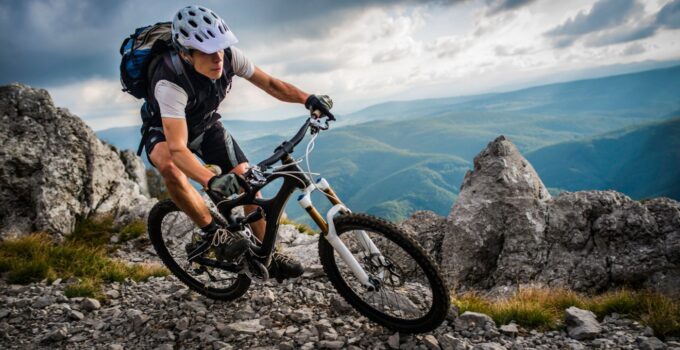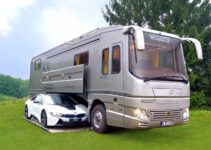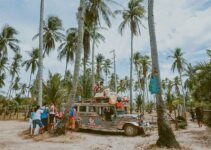At 5.895 meters, Mount Kilimanjaro is the highest free-standing mountain in Africa. It is located near the Equator, where you can hike more than 60 kilometers, gain 4.000 meters in altitude, explore rain forests, the alpine desert, moorland, ice cliffs, and snowfields in less than 7 days. However, do you feel like climbing the highest, free-standing mountain in Africa on foot is not enough challenging for you? Did you always want to know how it feels like to bike down from almost 6.000 meters? Then you are reading the right article.
Biking up and down Kilimanjaro is relatively a new concept and until now only a few adventurers have managed to bike up and down this glorious mountain. Of these people, only a few of them managed to reach the summit by cycling without assistance. They managed to do so without pushing their bikes or even carrying them during some stages of the climb, without the help from guides or porters.
If you are planning on biking Mount Kilimanjaro, here is a list of the most asked questions, hence you will know the most important things before ascending this mountain.
Page Contents
1. What route should you cycle on Kilimanjaro?
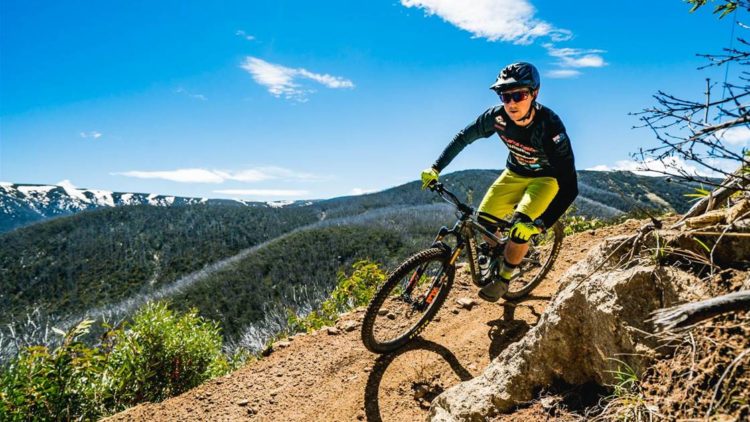
Img source: ambmag.com.au
The routes that are recommended are the Londorosi and the Marangu Route. While you can cycle it in 4-5 days, people do recommend that you take up to 6-7 days to do so, since it will give you more time for acclimatization and a higher chance to actually reach the summit.
2. Do you need to take your own Mountain Bike?
It is possible for you to rent a bike in Arusha for around $20 per day, it is better if you take your own bike with you. How and what bike you could buy, you can check out here. Firstly, you will be more comfortable, also if something happens to your bike and it requires repair, you will be able to fix it without assistance since you will know how it works and what might have gone wrong.
3. How much of the route can you cycle for one day?
This will entirely be up to you. If you want to try and cycle up and down this mountain, you will be welcome to do so, however, a lot of people prefer to hike up while a porter carries their bike and then cycle down Mount Kilimanjaro. You will have at least one guide cycling or hiking with you, so during each day, you can decide how much cycling you actually want to do. Keep in mind that, the higher you get, the more challenging the route becomes, so you might want to pace yourself at the beginning.
4. Are the Bike expeditions more expensive than regular expeditions?
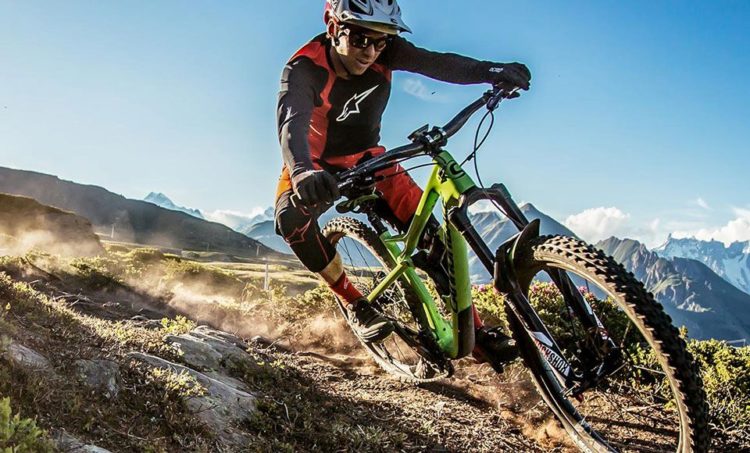
Img source: dmarge.com
Yes, they are. There is a daily fee that you will need to pay in order to take bikes in the Kilimanjaro National Park. This will add around $400 on the whole price of the regular 7-day expedition.
5. What will happen if you can no longer cycle?
If you do not feel like cycling or if you feel to sick to continue, a porter will be there for you and carry your bike.
6. What is the best time of the year to cycle on Kilimanjaro?
You can choose to cycle Mount Kilimanjaro at any time of the year, however, it is best to avoid the rainy season which lasts from February to May, since the conditions are unstable for mountain biking. September and October are the best months to hike and bike Mount Kilimanjaro, although it is the busiest time, it is the safest.
Conclusion
If you are planning on taking this quite adventurous cycling journey on Mount Kilimanjaro, visit here to learn more about the tours available.

